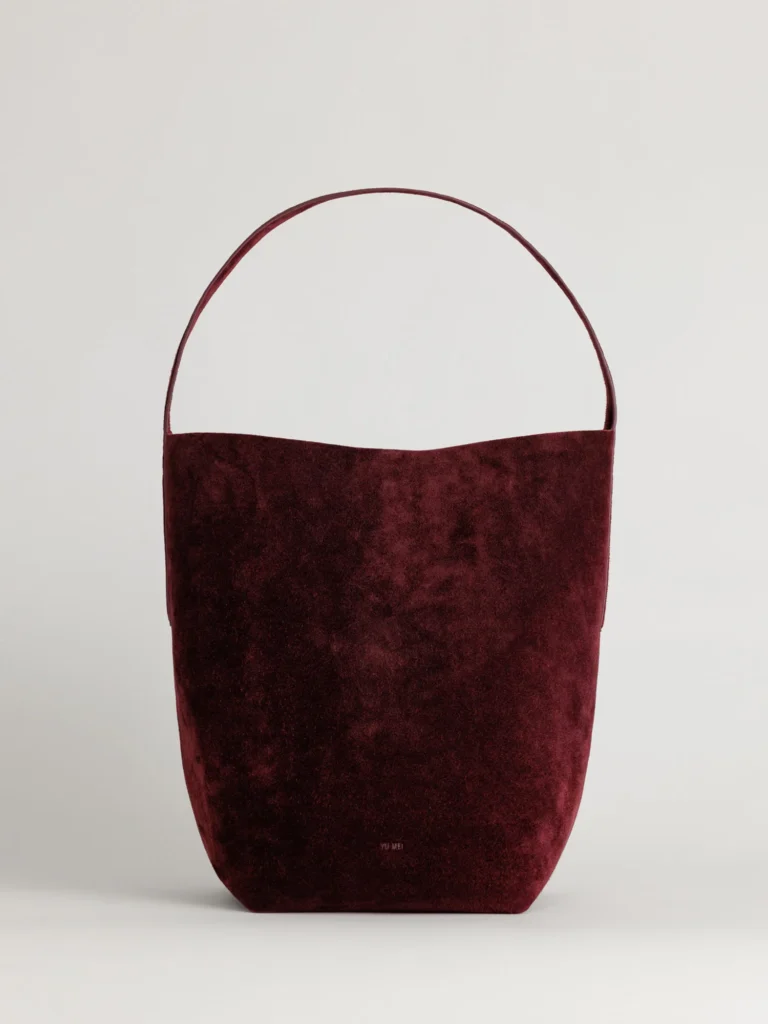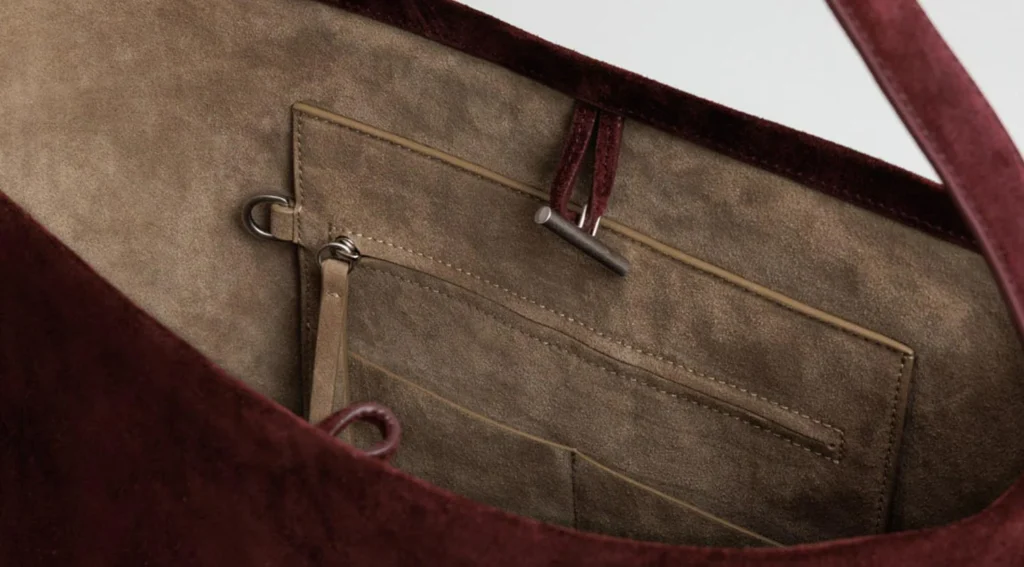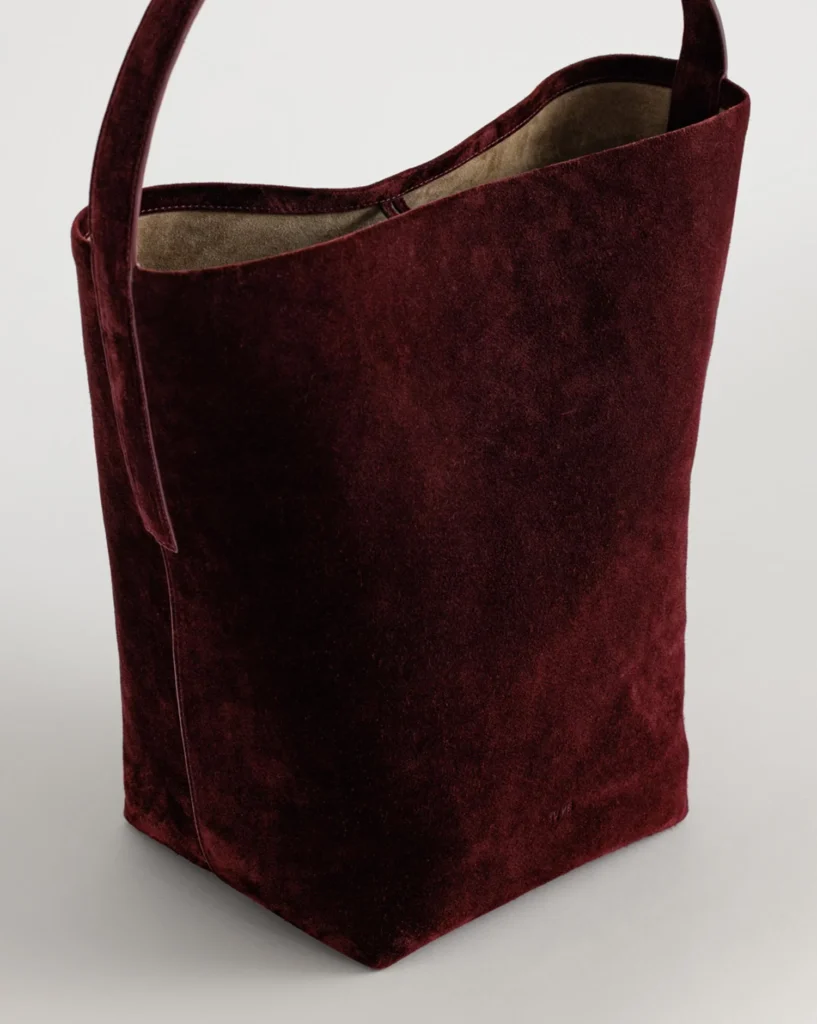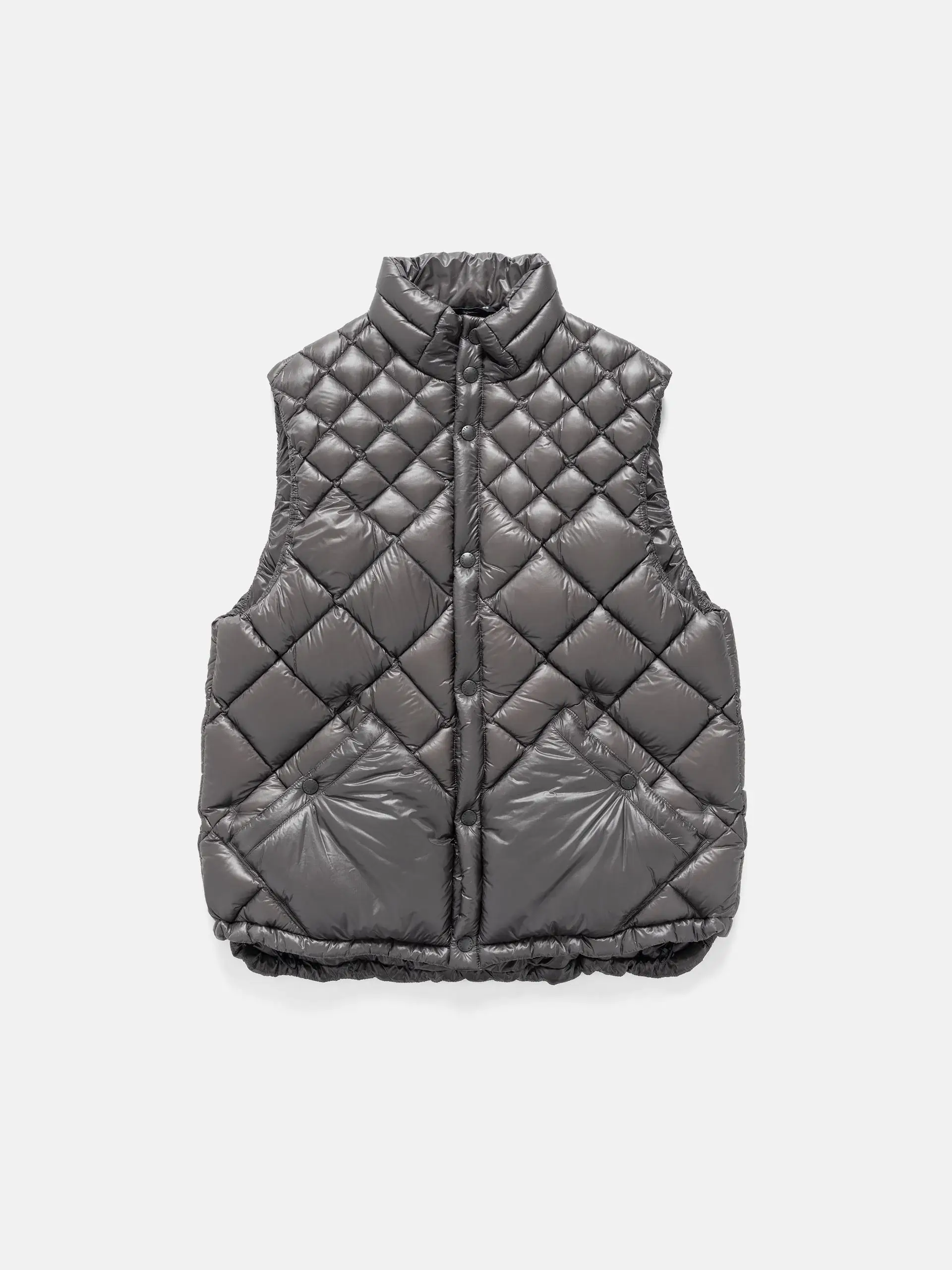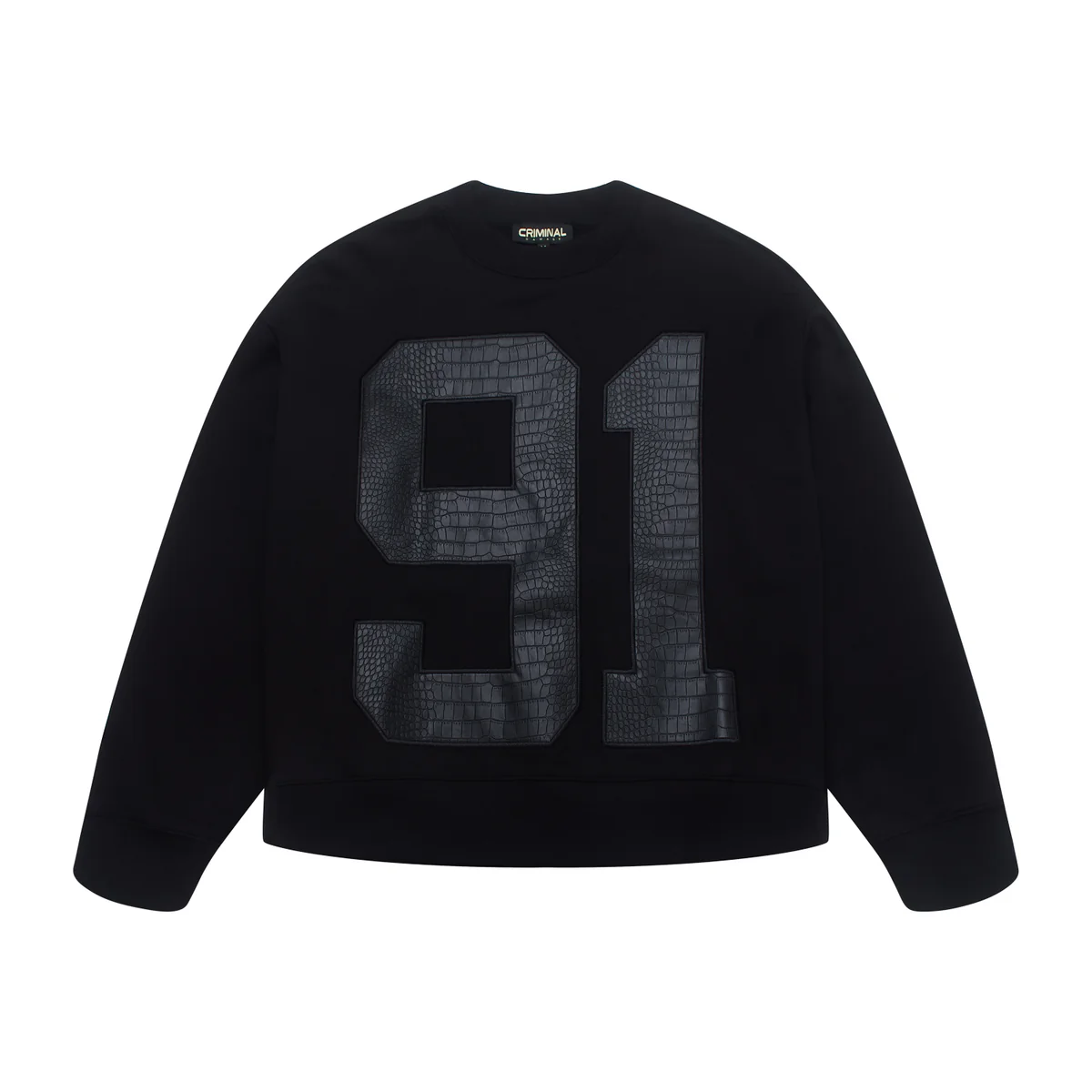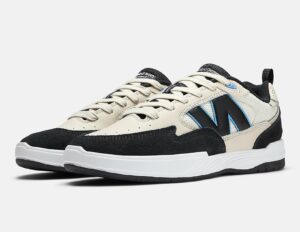The handbag has always been more than a container for essentials—it is a symbol of lifestyle, personal aesthetic, and mobility. In recent years, the focus of bag design has shifted toward efficiency without losing touch with elegance. The Teresa Tote emerges at this very juncture: a bag built for modern commuting, crafted to balance functionality with minimalist design.
With its deep bucket silhouette, interior hanging pocket, toggle closure, and bonded strap, the Teresa Tote is positioned as both utilitarian and refined. It is not simply a handbag, but a tool for navigating the demands of the urban commute. Over the next sections, we will explore its design details, cultural resonance, and the role it plays in shaping contemporary accessory trends.
The Anatomy of the Teresa Tote
The Teresa Tote takes a bucket form, but with modern refinements. Traditional bucket bags often rely on drawstrings, creating a casual and sometimes cumbersome profile. By contrast, the Teresa replaces this with a toggle closure—minimal yet secure, allowing quick access without fuss.
The interior hanging pocket is another small but meaningful detail. In many totes, essentials like keys or cards fall to the bottom, creating a constant rummage. The Teresa solves this problem by creating a separate, suspended pocket, allowing the wearer to keep crucial items close at hand.
The bonded strap is what lends the bag its sleek finish. Bonding, as opposed to stitched construction, creates a smooth surface free of seams. It reflects a contemporary approach to minimalism: eliminating visible complexity to highlight form and material.
Minimalism
Minimalism in fashion has always been about subtraction, but in accessories it often risks stripping away practicality. The Teresa Tote resists this pitfall by designing around daily realities: commuting on crowded trains, transitioning from office to evening, carrying laptops, journals, or groceries.
The tote is deep enough to accommodate a day’s worth of essentials, yet narrow enough to hang comfortably without overwhelming the wearer’s frame. Its design embraces the rhythm of urban living, making it an antidote to overly decorative handbags.
Materiality and Craft
Though descriptions often highlight silhouette and closure, the Teresa’s true elegance lies in material choice. Bonded straps require precise craftsmanship, ensuring durability while keeping edges sharp and refined. Depending on the finish—whether smooth leather, textured grain, or modern synthetics—the tote adapts to multiple identities.
The absence of flashy hardware or logos ensures the bag’s longevity. Rather than chasing seasonal embellishments, the Teresa embraces timeless construction, making it adaptable across wardrobes and trends.
Functionality
A handbag designed for fuss-free commuting must meet a unique set of requirements:
-
Weight balance: The bonded strap distributes pressure evenly.
-
Accessibility: The toggle closure allows swift entry.
-
Organization: The interior pocket reduces chaos.
-
Silhouette control: The bucket shape prevents slouching when filled.
In combining these, the Teresa Tote achieves equilibrium. Unlike oversized totes that often collapse under their own size, the Teresa creates a structured vessel that feels professional yet relaxed.
Culture
The tote bag has long symbolized independence and self-sufficiency. In the 20th century, canvas totes became the carrier of books, groceries, and political slogans. By the 21st century, leather and refined versions elevated the form into boardrooms and galleries.
The Teresa Tote belongs to this lineage but updates it for the digital era. Where laptops replace typewriters, reusable bottles replace thermoses, and metro cards give way to mobile passes, the Teresa Tote becomes the modern answer to carrying life in motion.
Comparisons
To understand the Teresa’s role, it helps to compare it with other well-known totes:
-
The Longchamp Le Pliage: Lightweight and foldable, but casual. The Teresa is more structured and professional.
-
The Hermès Garden Party: Elegant and luxurious, but heavier and more traditional. The Teresa provides sleek minimalism without excess.
-
The Everlane Day Market Tote: A staple of minimalist wardrobes, yet less refined in closure and finish. The Teresa pushes toward a higher-design ethos.
By combining the practicality of commuter totes with the refinement of designer handbags, the Teresa carves its own niche.
Gender Neutrality in Accessories
Another strength of the Teresa Tote is its unisex appeal. Minimalist design often transcends gendered expectations, allowing both men and women to adopt the style naturally. Its bucket silhouette avoids hyper-feminine or hyper-masculine cues, making it an adaptable piece for anyone invested in design rather than labels.
Sustainability
In a time when consumers demand responsibility, the Teresa Tote’s pared-back construction has an inherent sustainability advantage. Less hardware, fewer materials, and a timeless silhouette reduce waste and prolong its lifecycle. Whether produced in vegetable-tanned leathers or recycled synthetics, the tote aligns with eco-conscious values without announcing them overtly.
Styling the Teresa Tote
The beauty of the Teresa Tote lies in its adaptability:
-
Office commute: Paired with tailored suiting, it balances professionalism and function.
-
Weekend markets: With denim and oversized knits, it becomes a relaxed companion.
-
Evening outings: Its minimal profile complements statement footwear or jewelry without clashing.
Where flashy handbags often dictate an outfit, the Teresa functions as a neutral foundation—a canvas on which personal style can be layered.
The Toggle as Design Philosophy
The toggle closure is more than a fastening mechanism; it embodies the Teresa’s philosophy. Unlike zippers or clasps that dominate attention, the toggle is humble. It represents trust in simplicity—an insistence that beauty lies in restraint.
This ethos aligns with broader design movements in fashion, architecture, and technology, where clean lines and reduced ornamentation are signs of sophistication.
The Bag as a Daily Ritual
Commuting is a ritual, and the handbag becomes part of that choreography. Sliding a laptop into the deep bucket, dropping keys into the hanging pocket, cinching the toggle closed—all become tactile rhythms of daily life. The Teresa Tote transforms these motions from routine into moments of subtle pleasure.
Historical Echoes of the Bucket Bag
The bucket silhouette was popularized in mid-20th-century fashion, often associated with leisure and travel. Designers like Louis Vuitton released bucket forms for carrying champagne bottles, while 1970s iterations leaned toward bohemian lifestyles.
The Teresa Tote strips the form back to its essence, focusing on vertical depth and clean lines, creating a 21st-century bucket bag that references history while moving beyond it.
The Teresa in the Market Landscape
In today’s crowded accessory market, bags are often differentiated by branding rather than form. The Teresa Tote resists logomania. Instead, it relies on design intelligence and discretion. This positions it for consumers seeking authenticity and utility rather than conspicuous luxury.
Investment Value and Longevity
Handbags are often judged by longevity: not just how long they last physically, but how long they remain relevant. The Teresa Tote avoids seasonal gimmicks, ensuring it will not feel dated within a year. Its structure, closure, and strap are timeless, promising years of use with minimal wear on its aesthetic integrity.
Flow
The Teresa Tote is not just a handbag; it is a philosophy of commuting distilled into form. With its bucket depth, interior pocket, toggle closure, and bonded strap, it offers a toolkit for navigating the complexities of urban life while preserving elegance.
In rejecting excess, the Teresa creates space for essentials—both physical and conceptual. It is a bag for those who value simplicity, efficiency, and design clarity.
No comments yet.

